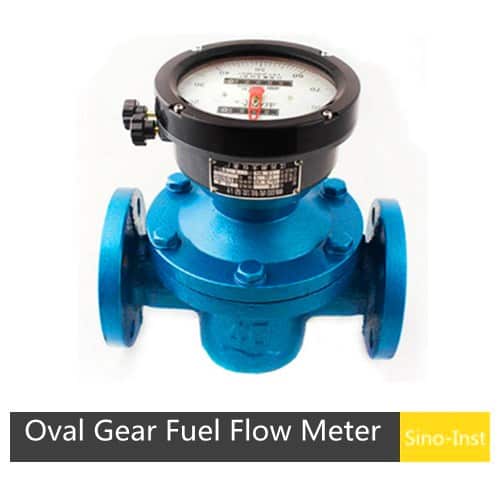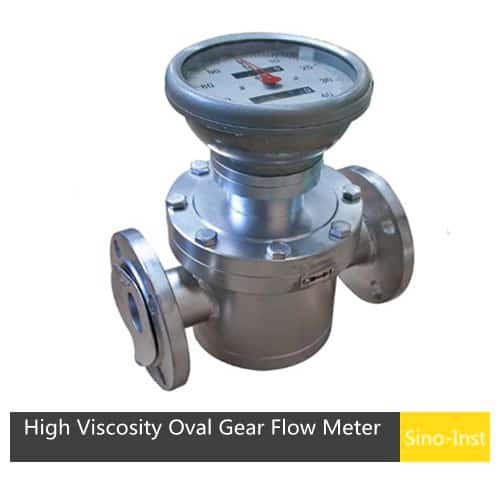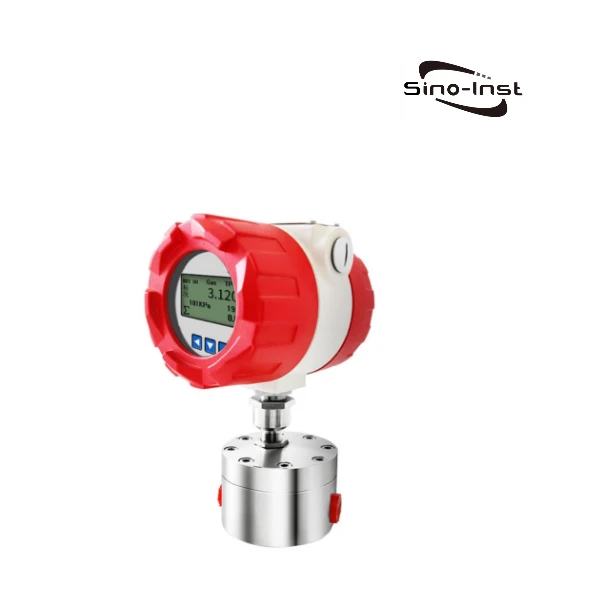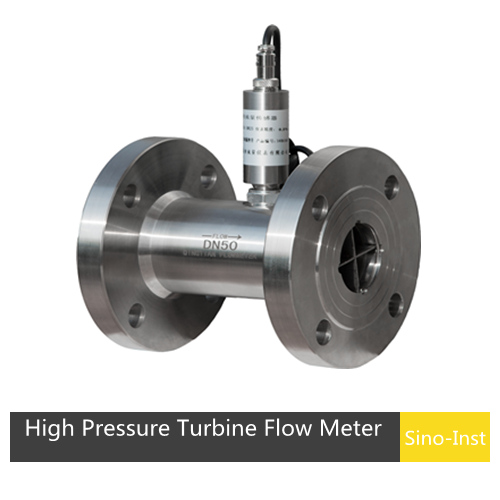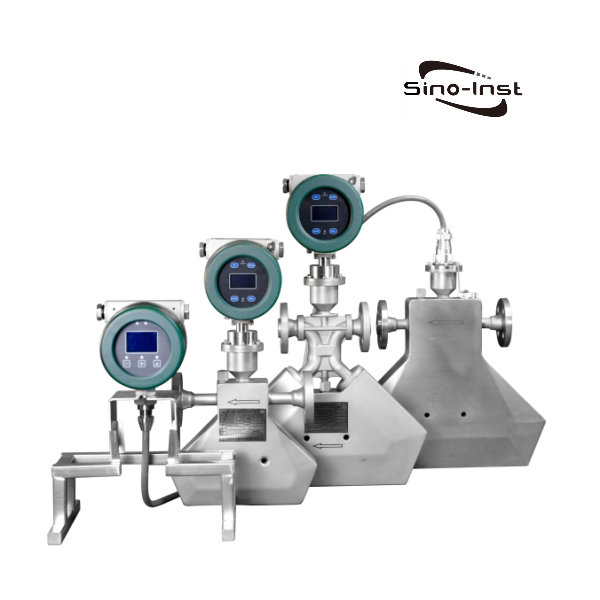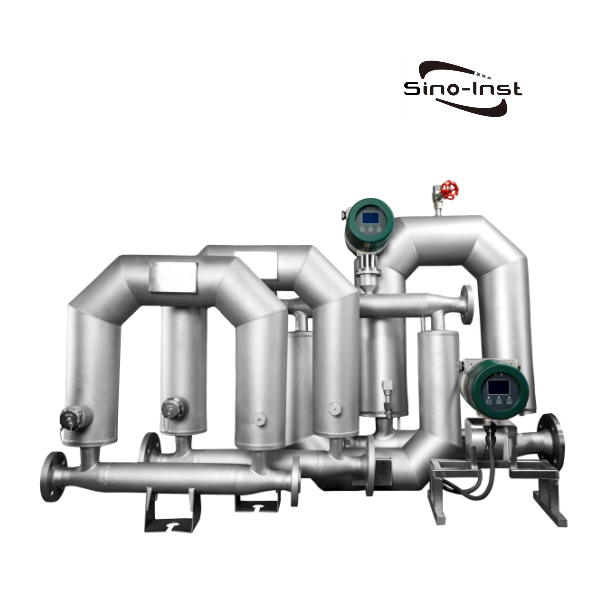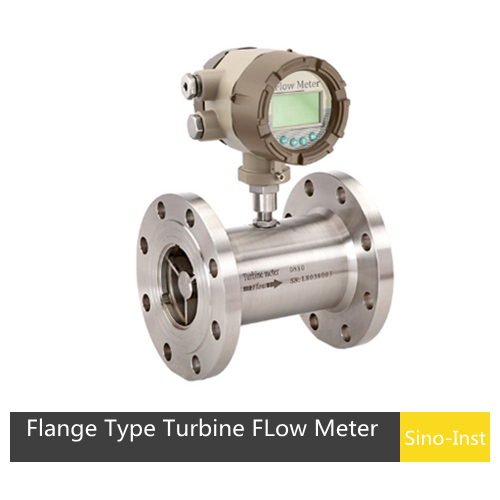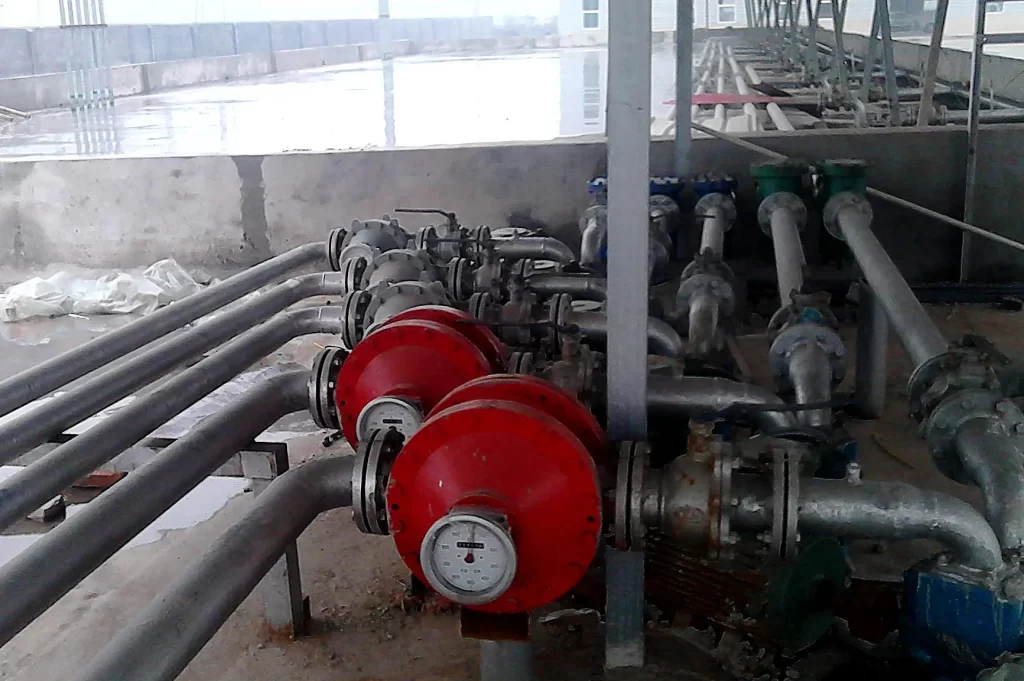
Opting the right Boat Fuel Flow Meter and properly installing it can significantly enhance maritime transport efficiency and safety. By knowing the various types of fuel flow meters available and following best practices for installation, you can effectively monitor fuel consumption and optimize performances.
With this blogpost, you’re now equipped to select the best fuel flow meter for your needs and install it with confidence.
Background
The shipping industry has experienced a transformation from the use of steam engines during the first industrial revolution to the widespread use of electricity and internal combustion engines to drive ships during the second industrial revolution. The shipping industry has also undergone a digital transformation during the third industrial revolution and is now entering the dawn of the fourth industrial revolution. The focus of this revolution is smart shipping based on the integration of the Internet of Things (IoT), smart systems and innovative solutions.
The transformation of the shipping industry from the first industrial revolution to the third industrial revolution has brought competitive advantages to the marine and shipping business. One of the digital technologies is the use of big data analytics (BDA) and machine learning (ML) to achieve fuel efficiency.
Improvements in energy efficiency can help reduce emissions intensity, which is one of the main goals of the 2018 Paris Climate Agreement.
In addition, the United Nations Shipping Agency (UNSA) has reached an agreement to reduce carbon emissions by at least 50% by 2050 compared to 2008 levels.
Sino-Inst Boat Fuel Flow Meters are widely used in many fields such as marine engineering, shipbuilding and ship maintenance. Large ships may contain thousands of meters of pipes for the transportation of various fluids. Such as water, wastewater, cooling and heating fluids, fuels and hydraulic oils.
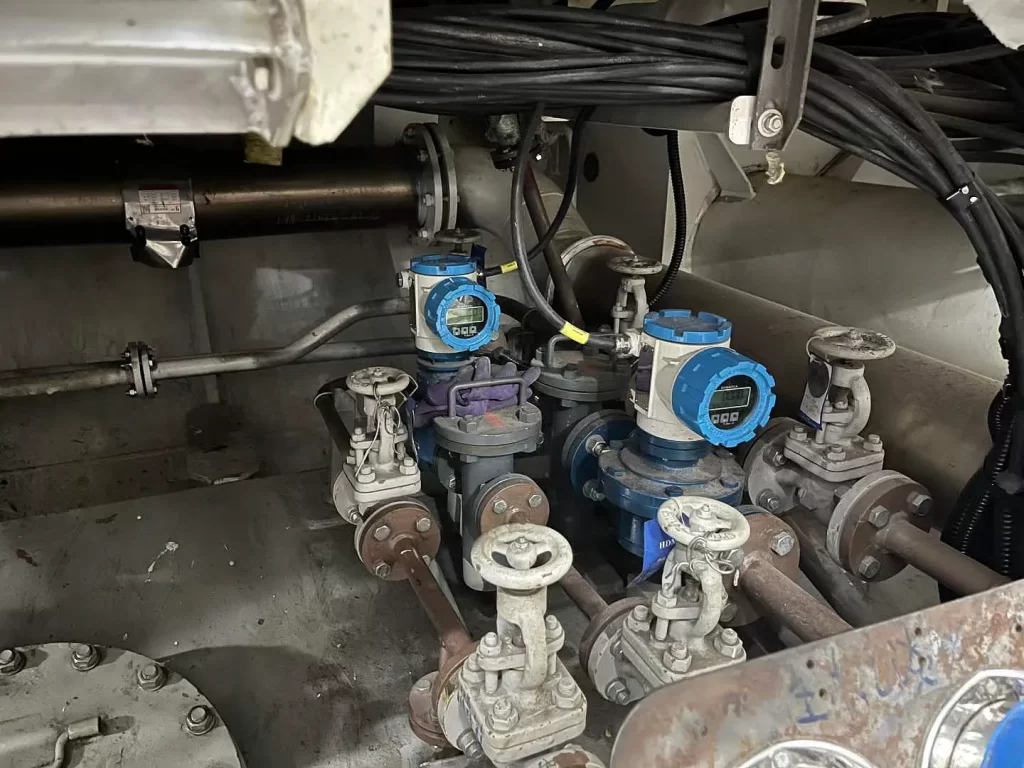
Boat Fuel Flow Meters’ Importance
- Efficiency
- Cost-effectiveness
- Environmental Responsibility
- Performance Monitoring
Types of Boat Fuel Flow Meters: A comparison table
Let’s explore the different types of Boat Fuel Flow Meters available in the market. Each type has its pros and cons, so understanding these will help you choose the right one for your needs.
| Types | Overview | Pros | Cons |
| Mechanical Fuel Flow Meters | Positive displacement flow meter is an example. As fuel passes through the mechanical flow meter, it spins the rotor, and the rotation is calibrated to provide a flow rate | Simple design and easy to install, no need for external power sources. | Less accurate at low flow rates, more hypersensitive to wear over time. |
| Mass Flow Meters | Mass flow meters measure the mass of the fuel passing through the system, rather than just the volume. | Accurate readings in varied conditions, Perfect for precise fuel management. | Generally more overpriced, Requires more complex calibration. |
| Turbine Fuel Flow Meters | Turbine flow meters use the mechanical energy of the fluid to rotate the rotor in the flow stream. Turbine flow meter is the most popular equipment to measure inline flow electronically. | The structure of turbine flowmeter is compact and light, easy to install and maintain, and has a large flow capacity. It can be customized into high temperature type, high pressure type, etc. The liquid turbine flowmeter has a wide range, and the medium and large diameter can reach 1:20, and the small diameter is 1:10. | The medium with too high viscosity cannot be measured. The physical properties of the fluid (such as density, viscosity, etc.) have a great influence on the measurement results of the turbine flowmeter. The turbine flowmeter is also not suitable for places where the flow rate and velocity change sharply. |
| Ultrasonic Fuel Flow Meters | Ultrasonic meters measure flow by sending ultrasonic sound waves through the fuel. | It can measure pure single medium. It can be equipped with external clamp sensor installation. No need to change the pipeline. | A long section of straight pipe is required. Liquids that have a large solid content will cause malfunctions. Measurement is not possible when there are many air bubbles. |
Installation Tips for Boat Fuel Flow Meters
Installing a Boat Fuel Flow Meter may seem daunting, but with the right approach, you can do it yourself. Here are some essential tips for a successful installation:
- Choose the Correct Location: Install the meter in a location that is easy to access for maintenance and monitoring.
- Follow the manufacturer’s guidelines for orientation. Some meters must be installed horizontally, while others may allow vertical installations.
- Use Appropriate Hardware; use stainless steel or marine-grade materials for mounting to withstand corrosion.
- Proper Hose Size is must. Make sure the fuel lines match the inlet and outlet sizes of the flow meter to avoid turbulence and inaccuracies.
- Keep the fuel line as straight as possible to prevent turbulence.
- For Electronic Meters, follow the Wiring diagrams.
- Use a fuse in the power line to protect the electronics from power surges.
- Most flow meters require calibration upon installation. Follow the manufacturer’s instructions for calibrating your specific model.Regularly check and fine-tune as required to ensure ongoing accuracy.
- After installation, check for leaks by running the engine and observing all connections.
- Verify that the flow meter is providing accurate readings during operation.

Technical Conditions of a Boat Fuel Flow Meter
Responsibility towards the Environment: What we can do?
The maritime sector is constantly searching for alternatives to fossil fuels with tighter environmental controls in place to aid in reducing climate change. According to a report, it is estimated that 16 ships create approximately the same amount of Sulphur pollution as all the cars in the world.
The International Maritime Organization (IMO) has implemented the Initial IMO Strategy on Reduction of Greenhouse-gas (GHG) Emissions from Ships, to reduce gross annual GHG emissions from shipping by at least 50% by 2050.
Several means in place to mitigate the carbon emission from shipping activities are:
- Energy Efficiency Measurement Index
- Alternative marine fuel together with upgradation of marine fuel flow meters
- Electrification
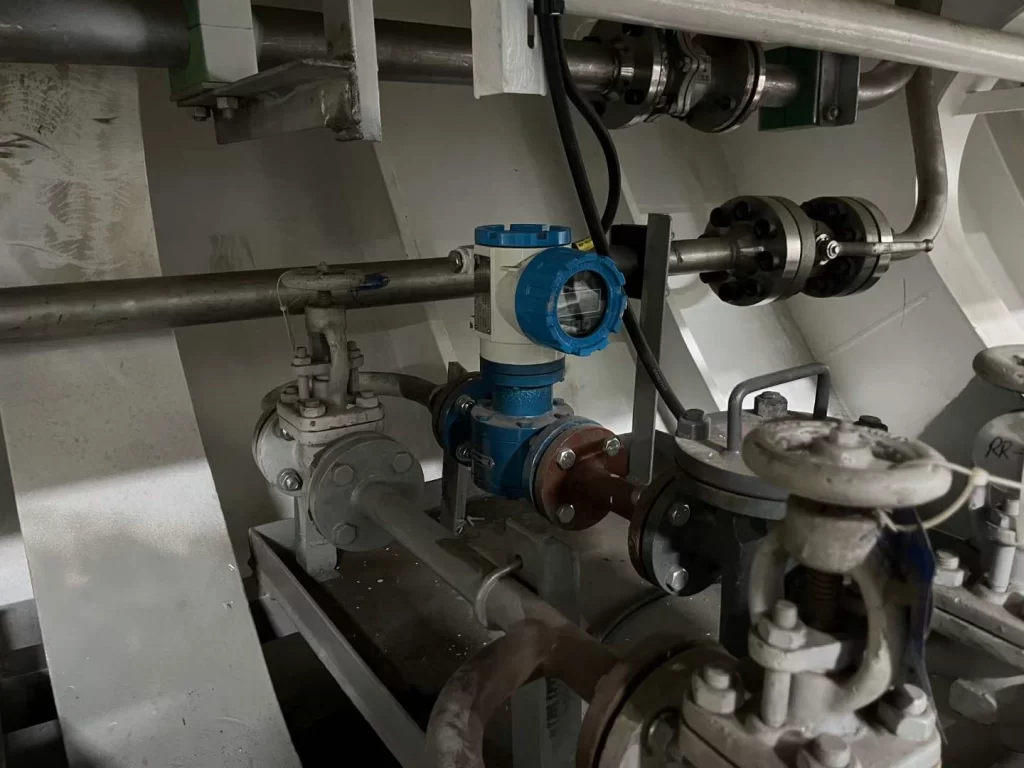
More Flow Measurement Solutions
- Industrial Inline Flow Meters | Selection List
- High-Performance Marine Fuel Flow Meters | Save Your Costs!
- Industrial Fuel Flow Meters – Choose the Right one for You
- Mass Flow Rate and Volumetric Flow Rate: Key Differences and Conversion
- How to Choose the Right Heating Oil Flow Meter for Your Business
- Top 3 Flow Meters for Oil
- How to Choose the Right Oil Pressure Transmitter for Your Application
- Importance of Digital Fuel Flow Meters and Fuel Oil Flow Meters in Modern-day Industrial Applications
- Mechanical Oil Flow Meter vs Digital
Perspectives of the technical specifications, types, and installation tips of marine flow meters is indispensable for choosing the exact device for your boat. Proper installation and calibration will ensure you benefit from accurate fuel monitoring, leading to improved efficiency and cost savings on your marine adventures.
Sino-Inst has been providing Boat Fuel Flow Meters to users in various countries for many years. If you need to purchase or have related technical questions, please feel free to contact our engineers!
-1.jpg)
